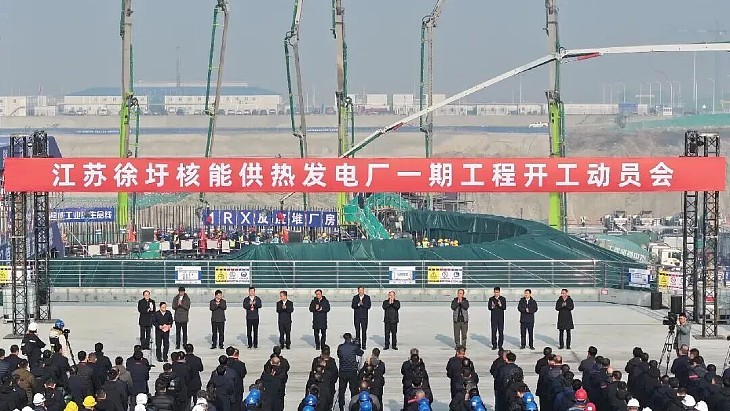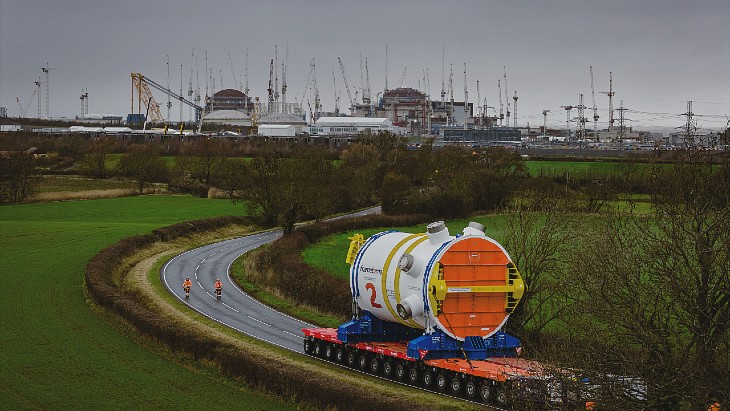In April 2017, the team comprising scientists from the University of Bristol, Diamond Light Source and the Japan Atomic Energy Agency (JAEA) undertook the first experiment of its kind to be performed at the Diamond synchrotron. The research, using Diamond's combined capabilities of its I13 and I18 beamlines, sheds light on a combination of imaging and fluorescence measurements developed at Diamond. The research was supported by the Japanese Society for the Promotion of Science, the Daiwa Foundation and the Saskawa Foundation.
A small radioactive particle - measuring 450µm by 280µm by 250µm - collected from within the restricted zone, in an area to the north of the Fukushima Daiichi plant, underwent an analysis of its structure and composition. The research team used synchrotron radiation micro-focused X-ray fluorescence and tomography, in combination with diffraction ptychography to investigate the internal structure of the sample. The aim of the analysis was to establish the source of the material and the potential environmental risks associated with it.
Yukihiko Satou of JAEA said: "We decided to bring a radioactive particle from the Fukushima fallout to Diamond to undergo a comprehensive and independent analysis of its internal structure and 3D elemental distribution because relatively little is known about the physical and chemical nature of the radioactive particles and their long-term environmental effects."
Tom Scott from the University of Bristol added, "We wanted to perform multiscale and multimodal measurements - by this I mean from micron to nanometre scale whilst looking at the chemistry, structure and functionality of the sample all in parallel. Diamond offers to the best of our knowledge the only beamline in the world where it is possible to perform such an analysis within a single experiment. The resulting visualisation has allowed for a comprehensive analysis of the particle."
The internal structure of the particle was found to resemble that of volcanic pumice, the University of Bristol said.
"The pumice-like internal structure means that the particle is susceptible to weathering and fragmentation, which would increase the effective surface area and subsequent dispersal of iron-associated radiocaesium into the environment."
Peter Martin from Bristol University said the structure and composition of the particle suggest it was formed predominantly from materials from the reactor building, mainly silicon-based fibrous insulation.
"The likely scenario is that it was formed when the thermal insulation material at Reactor Unit 1 melted during the loss of cooling. Radiocaesium and other fission products were incorporated into the molten material, and fragments of the structural steel and concrete stuck to the surface after the hydrogen explosion.
"It is worth noting that the particle seems to have been stable for nearly four years - the time between being ejected from the plant and being collected for analysis. In addition, in the studied particle, the radioactive material is also encased within a glass-like silicon, analogous to the vitrification process used for the disposal of nuclear waste, which will further reduce the potential for radionuclides to leach out."
A consortium of UK and Japanese universities have been awarded a joint grant by UK Research and Innovation's Engineering Physical Sciences Research Council and Japan's Ministry of Education, Culture, Sports, Science and Technology to continue the research to examine larger particles closer to the site. The University of Bristol said this will "underpin the distribution of material which contains fuel debris to better define the risk map".

.jpg)





_28178.jpg)
_66891.jpg)





